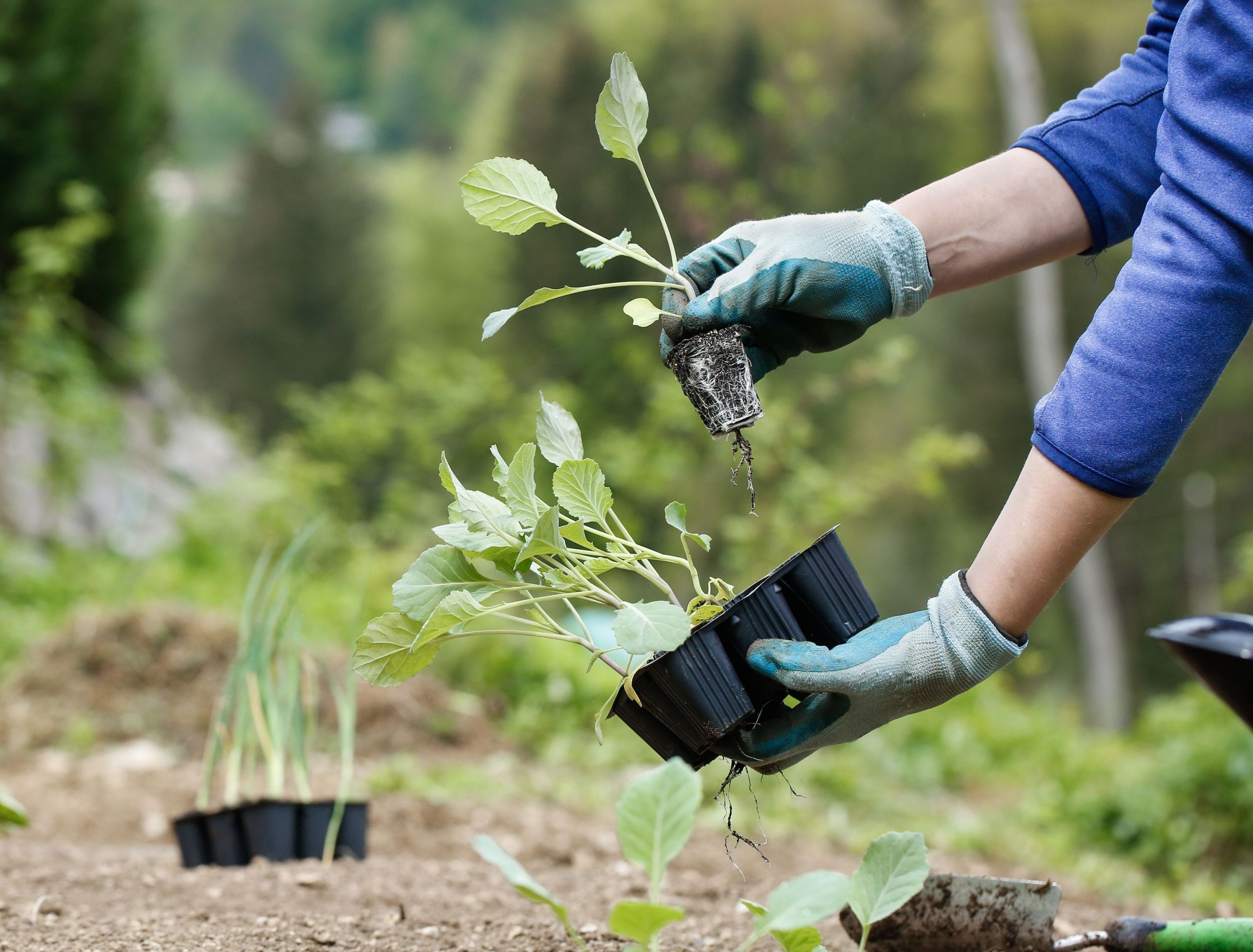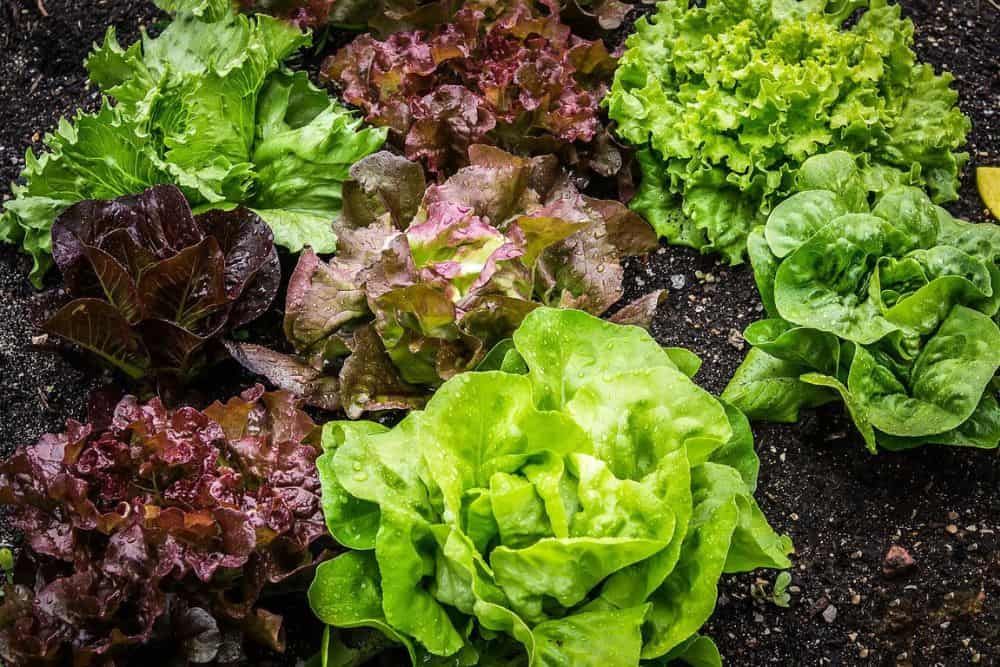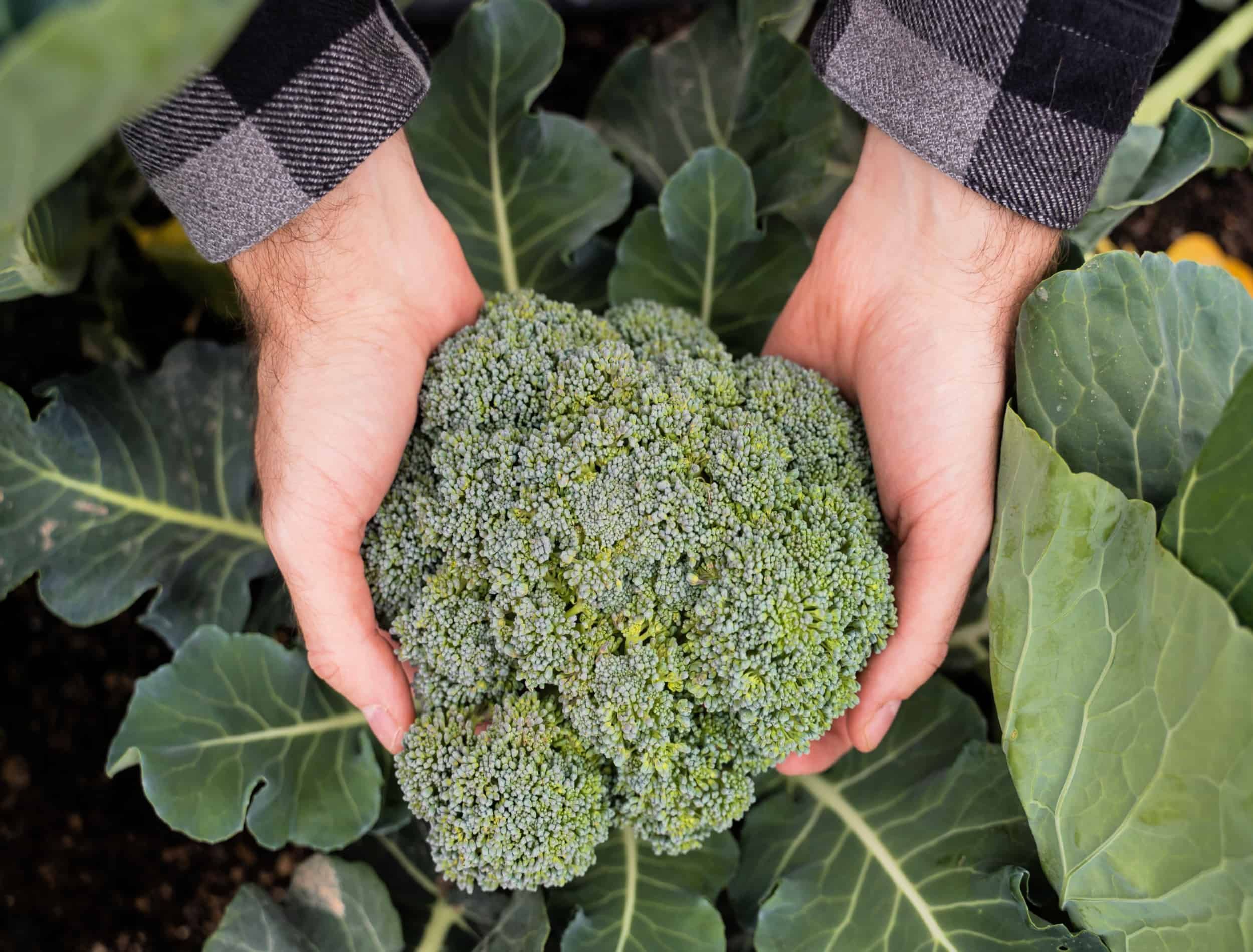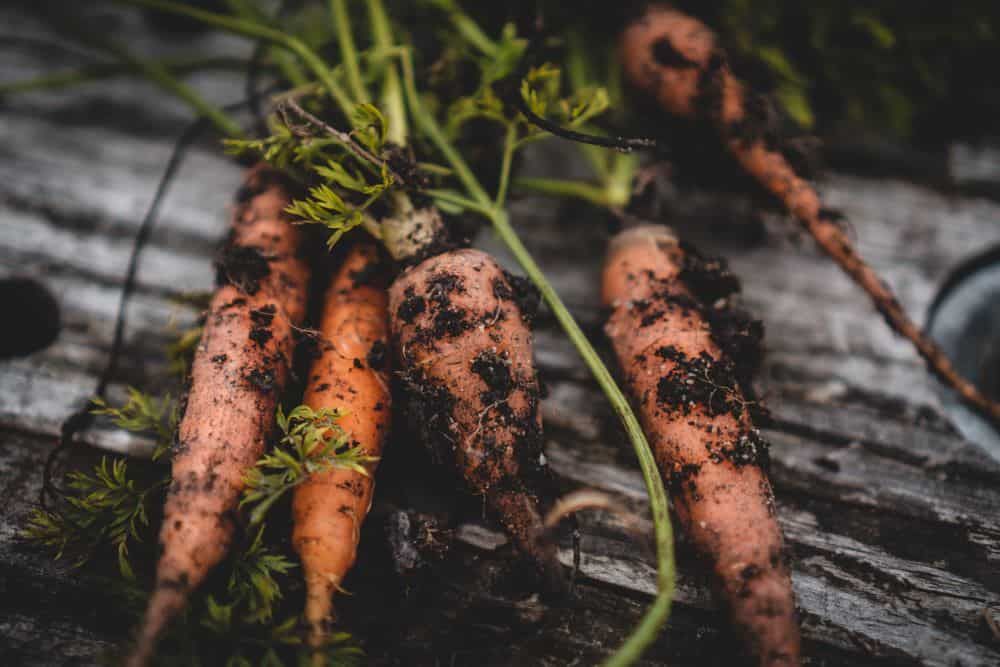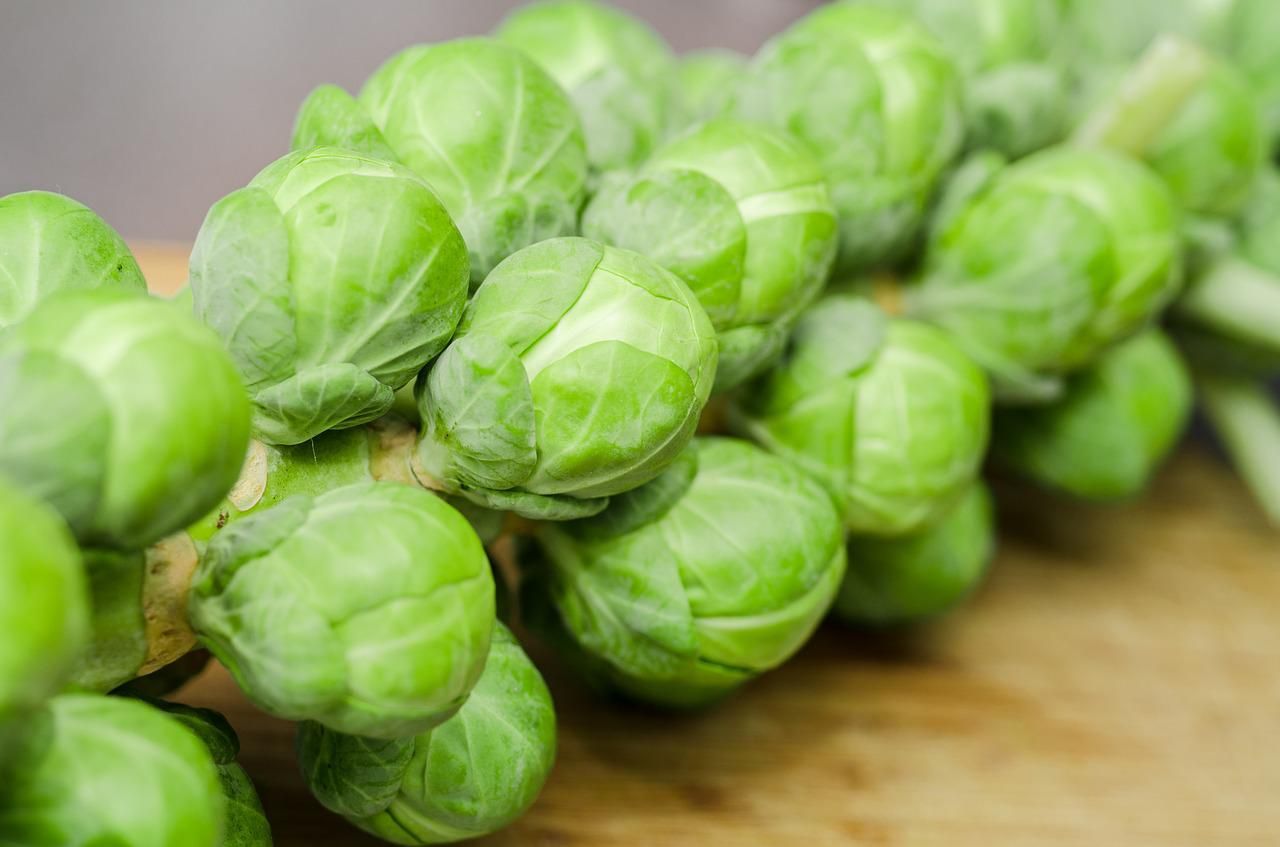Although people typically think of October as the month for pumpkin spice and everything nice, it's actually a great month to get outside and get your hands dirty in the garden. And if you’re looking to add some fresh veggies to your dinner table, check out these four vegetables you can plant this month!
From leafy greens to root vegetables, there's something for everyone. So, get your green thumb ready and head to the nearest nursery. Keep reading to learn more!
Lettuce
Image credits: Th G via Pixabay
If you're looking to add some fall flavor to your garden, consider planting lettuce. Lettuce is a cool weather crop that can be planted in October in most parts of the country. It's a fast-growing vegetable that is easy to care for and doesn't require a lot of space. You can even grow lettuce in raised beds or containers on your porch or deck.
When planting lettuce, it's important to choose a spot that gets plenty of sunlight. Lettuce needs five to six hours of sunlight per day to grow well. If you live in a climate with hot summers, you may want to plant your lettuce in an area that gets some shade during the afternoon to prevent the leaves from getting too wilted.
When planting lettuce in the fall, you need to cool the soil in late August by saturating the ground and adding a layer of straw. When the soil is around 10 degrees Fahrenheit cooler than the remainder of the garden, plant your lettuce seeds every two weeks. Water your lettuce seeds thoroughly after sowing.
Lettuce prefers rich, well-draining soil. If your soil is heavy or clay-like, you may want to add some compost or other organic matter to help improve its drainage.
As your lettuce grows, you'll need to keep an eye out for pests. Aphids, cutworms, and earwigs are all common pests that can damage lettuce plants. If you see any of these pests on your plants, you can remove them by hand or treat the plants with an organic pesticide.
Broccoli
Image credits: snchzgloria via Shutterstock
If you're looking for a fall vegetable to add to your garden, broccoli should definitely be at the top of your list.
Why is broccoli such a great fall vegetable? For starters, it's very cold tolerant. Broccoli can handle temperatures as low as 40 degrees Fahrenheit, making it one of the hardiest fall vegetables around. And, of course, broccoli is packed with nutrients. This leafy green vegetable is an excellent source of vitamins A, folic acid, potassium, fiber, and iron.
If you're thinking about adding broccoli to your fall garden, there are a few things to keep in mind. First of all, make sure to choose a variety that is well-suited for your climate. There are many different varieties of broccoli available these days, so do your research to find one that will do well in your area.
Also, broccoli should be sown in an area that gets six to eight hours of sun per day. A lack of sunlight may generate thin, leggy plants.
Finally, it's important to start seeds indoors about six weeks before the last frost date in your area. This will give the seedlings a head start on the growing season.
Once they've been transplanted into the garden, place them three feet apart so they don't crowd each other. Make sure to water them regularly and fertilize them according to their needs.
With a little care and attention, your broccoli plants will thrive and produce an abundance of delicious, nutritious broccoli for you to enjoy.
Carrots
Image credits: Jonathan Kemper via Unsplash
Carrots are also a cool weather crop, so they do well in the fall when temperatures start to drop.
If you're thinking about planting carrots this fall, here are a few things to keep in mind. First, you'll need to choose the right variety of carrot for your climate.
Once you've selected the right variety of carrot for your environment, it's time to start planting. Carrots can be planted directly in the ground, in containers, or in raised beds. If you're planting in raised beds, make sure the soil is loose and well-draining. Carrots do best in soil with a pH of 6.5 to 7.5. Don’t forget, the need at least six to ten hours a day of sun, so choose your location carefully!
For fall planting, sow your carrot seeds in mid-to-late summer, approximately 10 weeks before your first fall frost date.
To plant carrots, simply dig a 10-inch-deep trench in the soil and amend with compost. Then add about six inches of sandy topsoil and till. You can spread your seeds ¼ inches deep and two to three inches apart. Once the seeds have been planted, water them well. Carrots will germinate in 14 to 21 days.
As your carrots grow, keep an eye out for pests and diseases. Common pests that attack carrots include flea beetles, carrot rust fly, and leafhoppers.
Brussels Sprouts
Image credits: Skitterphoto via Pixabay
If you're looking for some fall gardening inspiration, why not try your hand at Brussels sprouts? These hearty little vegetables are perfect for planting in October, and they'll provide you with a delicious and nutritious crop.
Brussels sprouts need a few weeks of cool temperatures (between 60- and 65 degrees Fahrenheit) to produce the best flavor. So, if you live in an area with warm fall weather, you may want to start your Brussels sprouts indoors and then transplant them outdoors later.
When it comes to sun and soil requirements, Brussels sprouts need full sun, about six to eight hours, and prefer a neutral pH level with well-drained soil. If your soil is too sandy or too clay-like, you can amend it with some organic matter to help improve drainage.
You can start your seeds indoors, mid to late summer then transplant plant your seedlings outdoors 12 to 24 inches apart.
To plant your Brussels sprout seeds, sow around ½ inch deep and two to three inches apart. Water well and keep the soil moist.
Veggies Galore!
Are you excited to get your hands dirty in the garden this month? As you can see, October is a great time to plant fresh veggies in your garden!
Whether you’re a seasoned gardener or just starting out, these four delicious vegetables are easy to grow and will add some wonderful variety to your dinner table. Got any tips or tricks? Leave them in the comments below!

